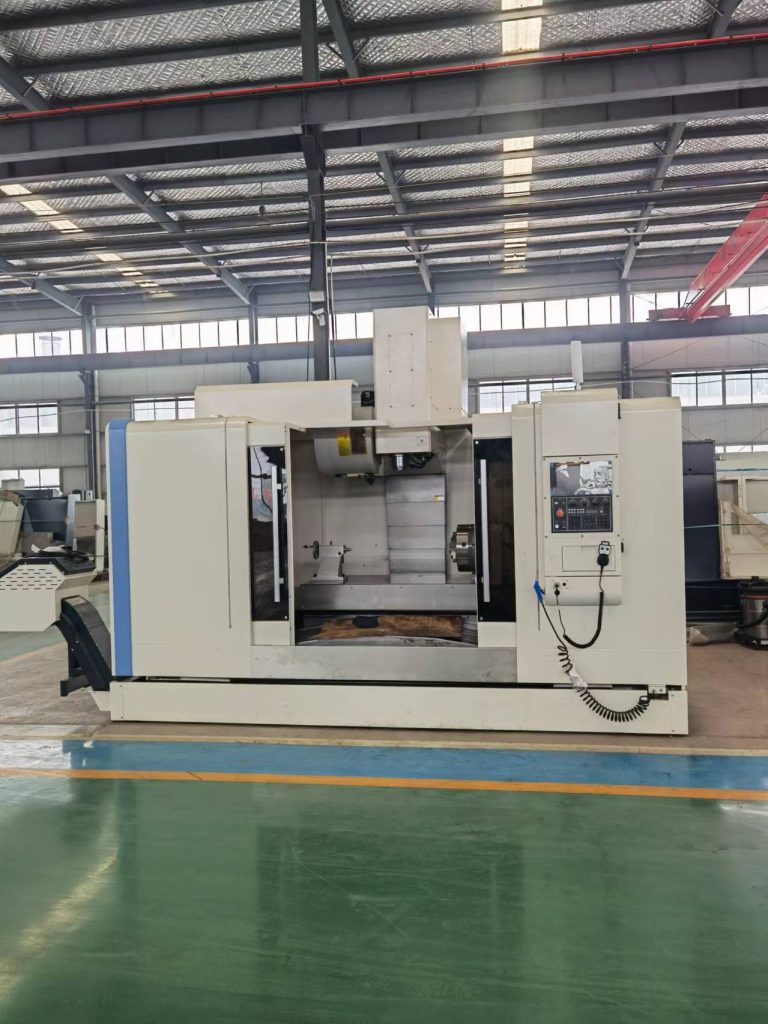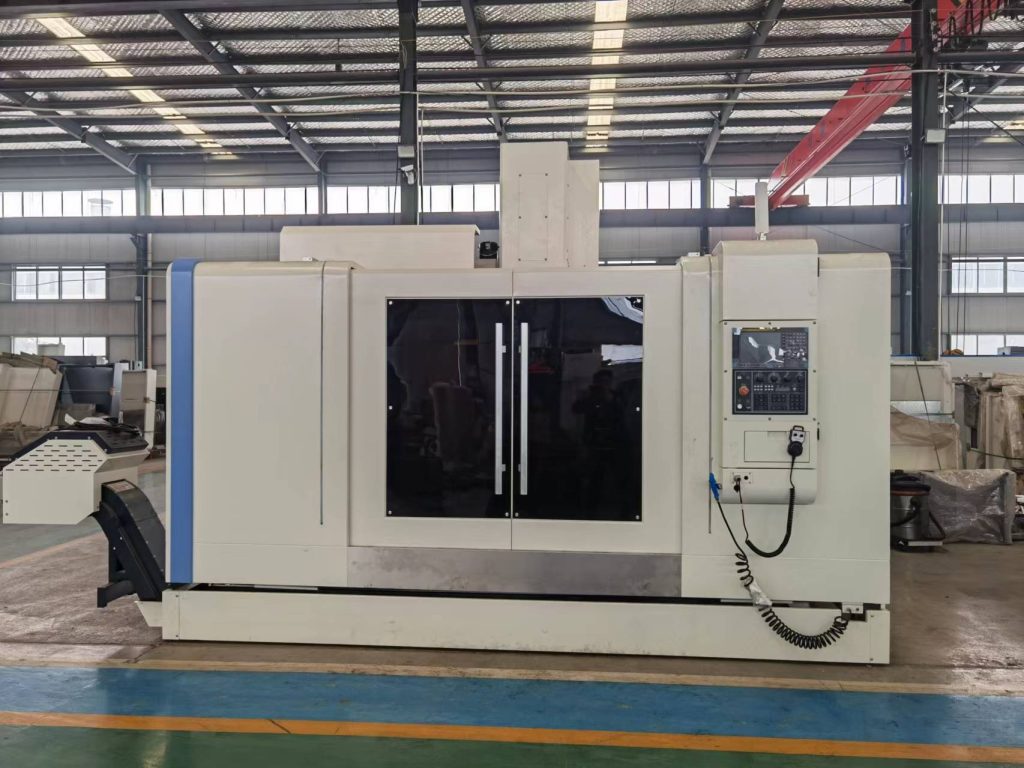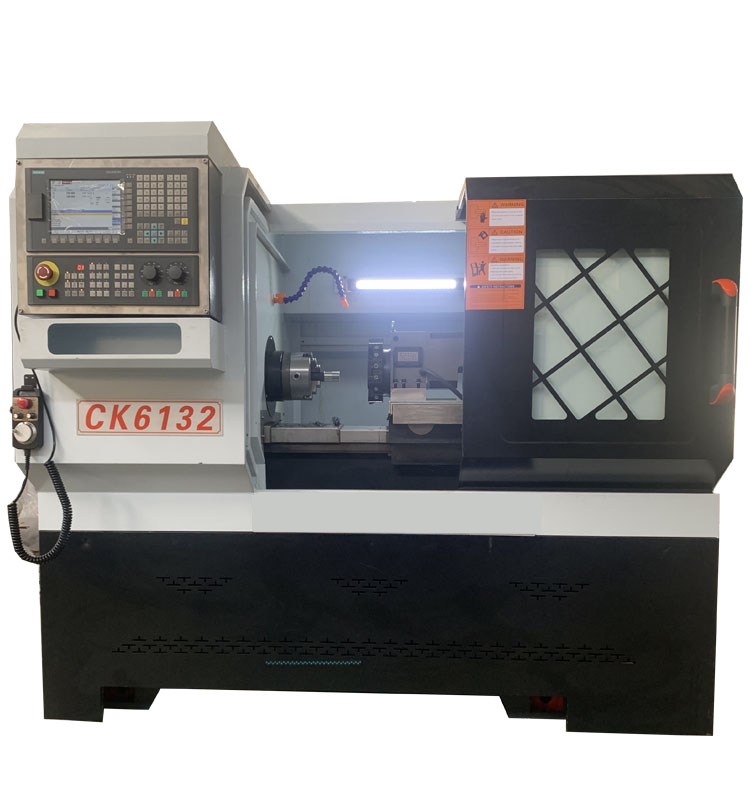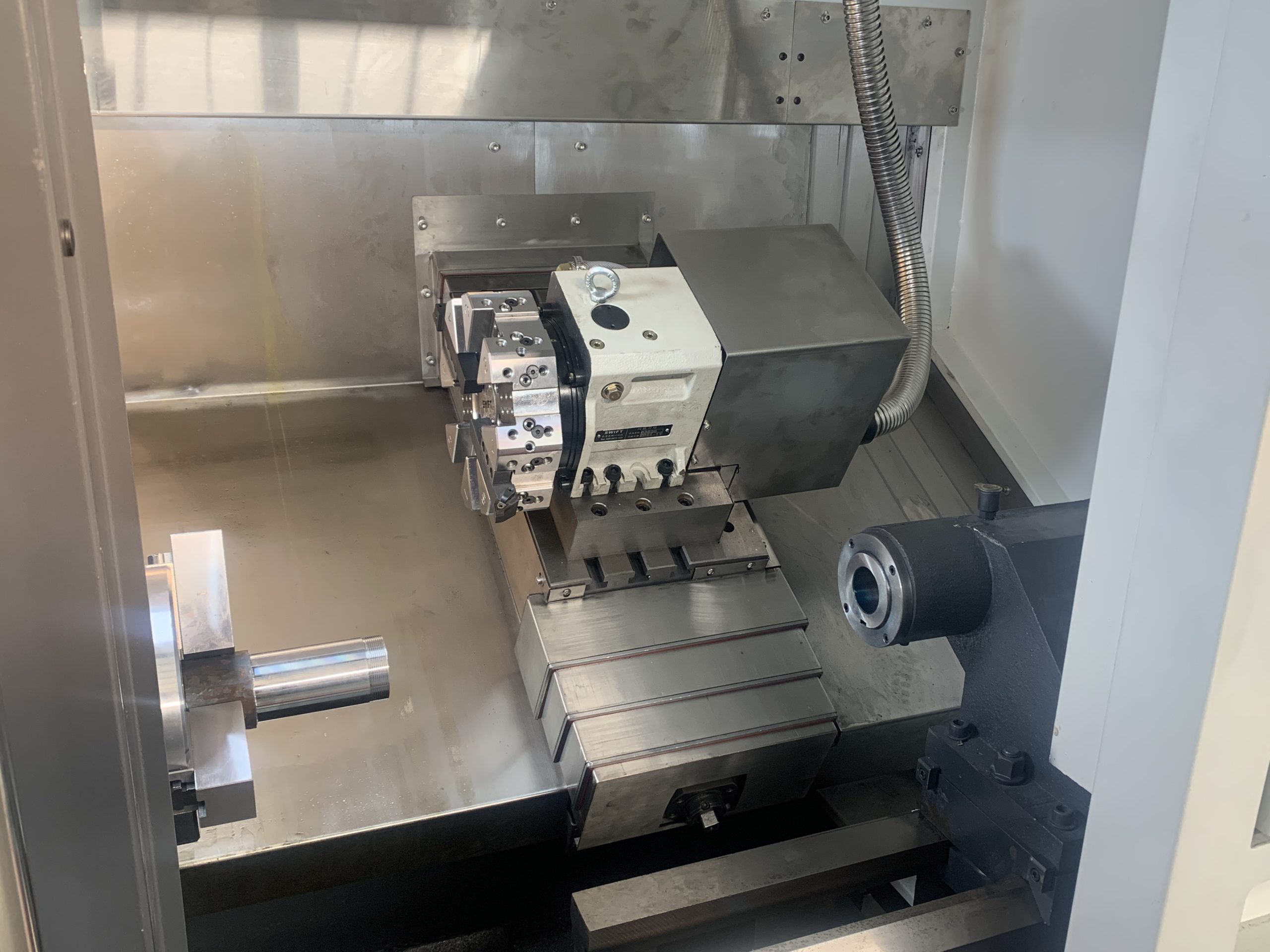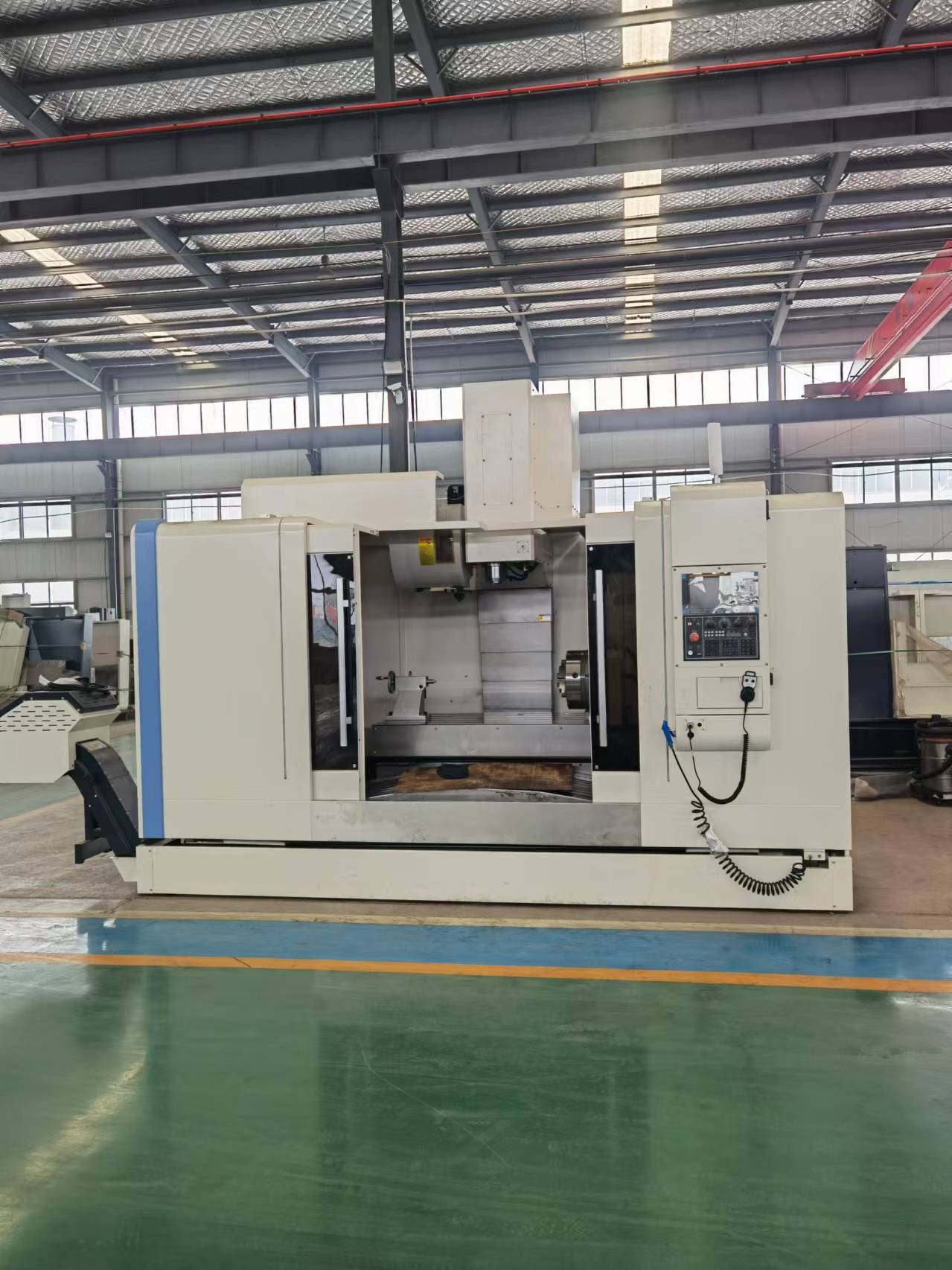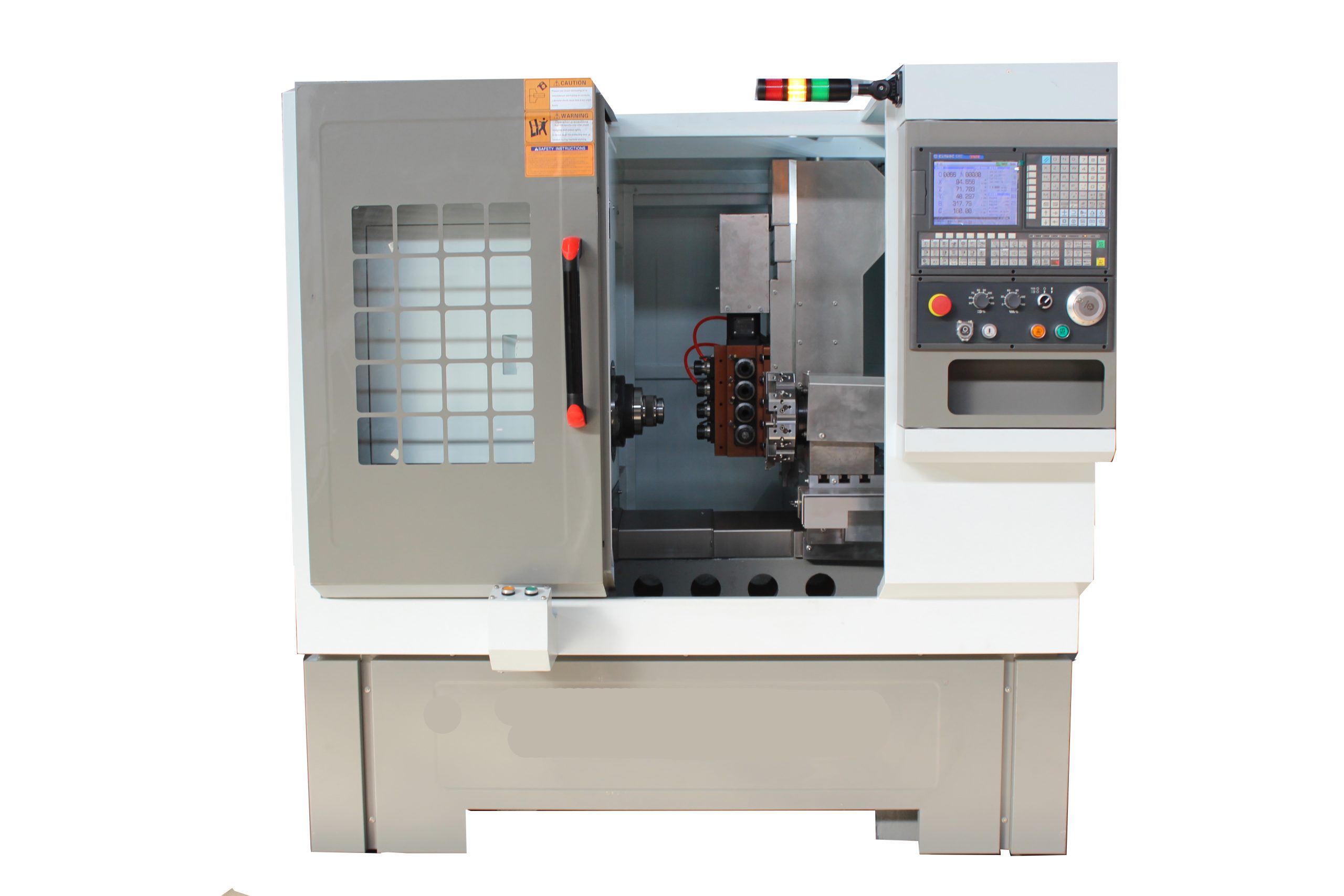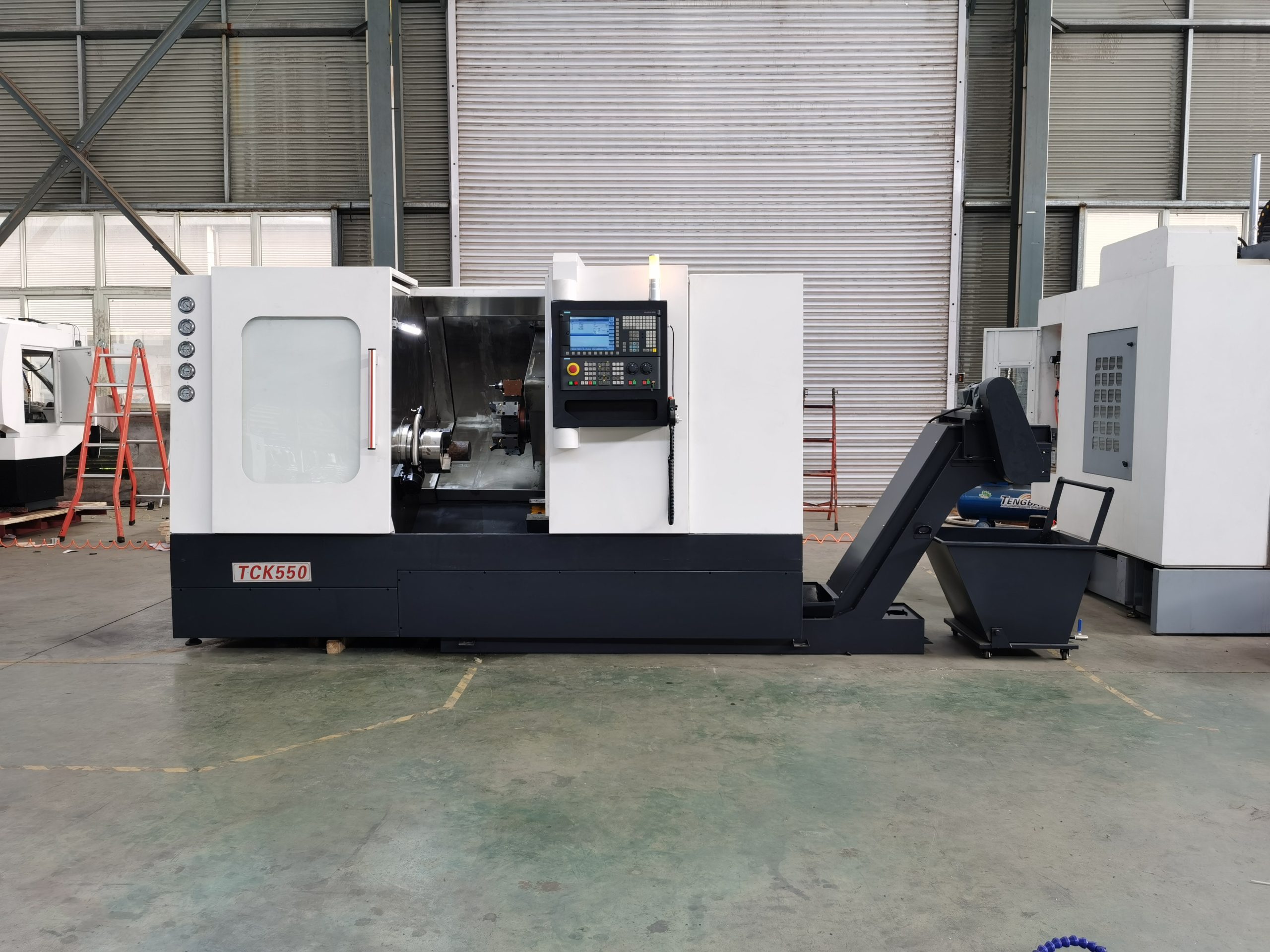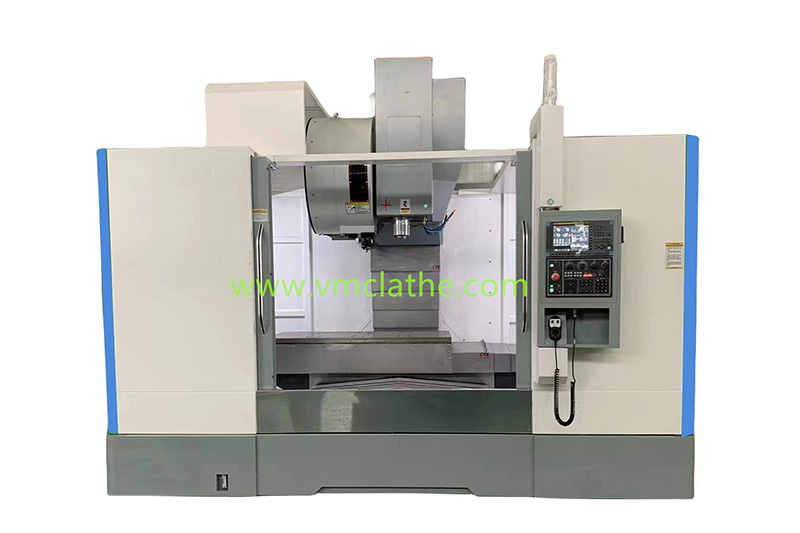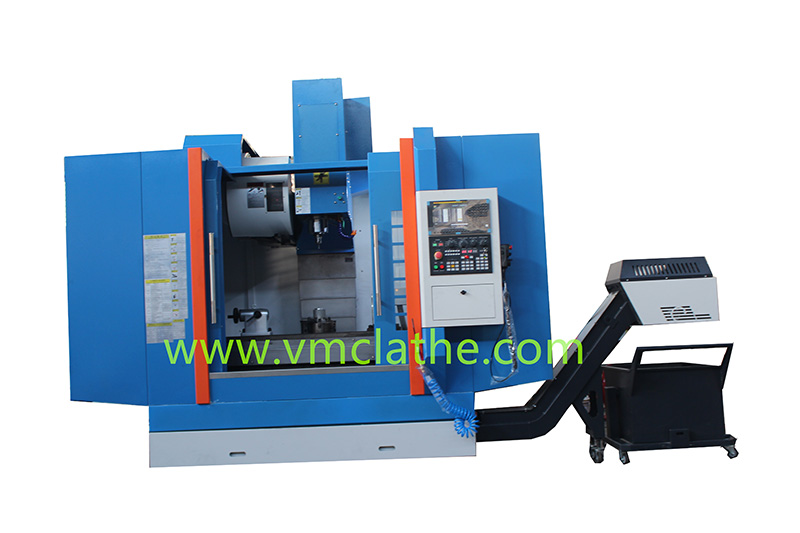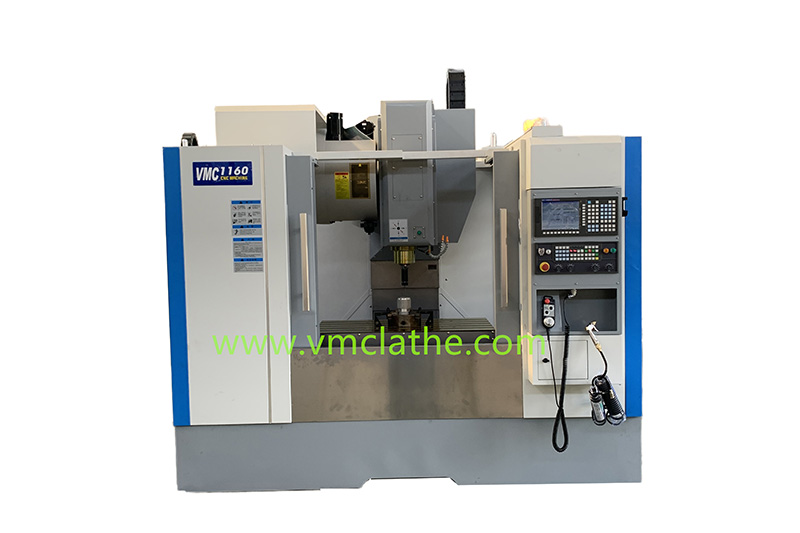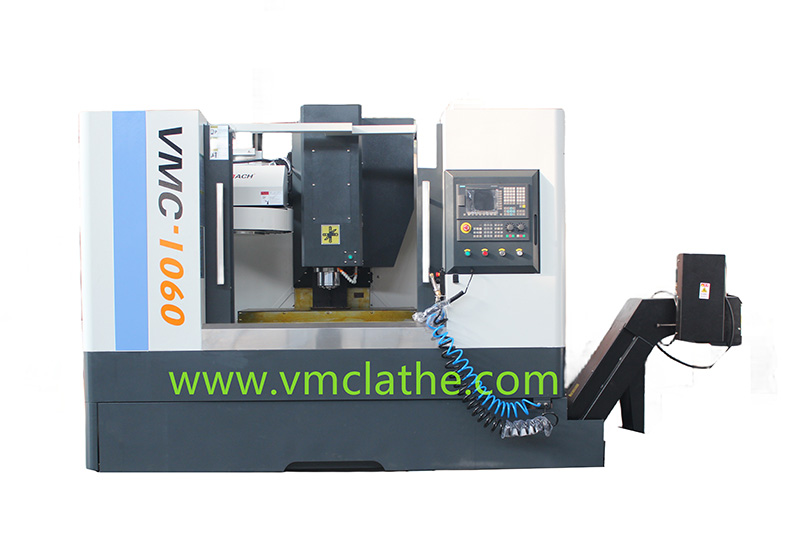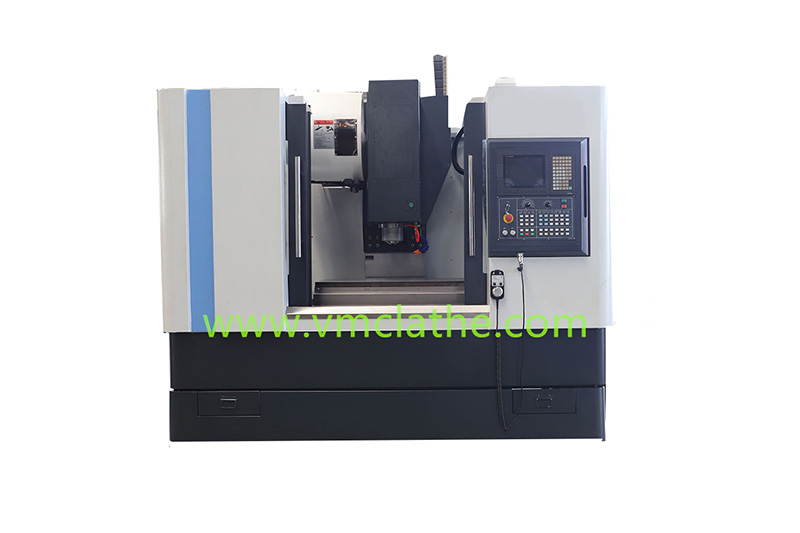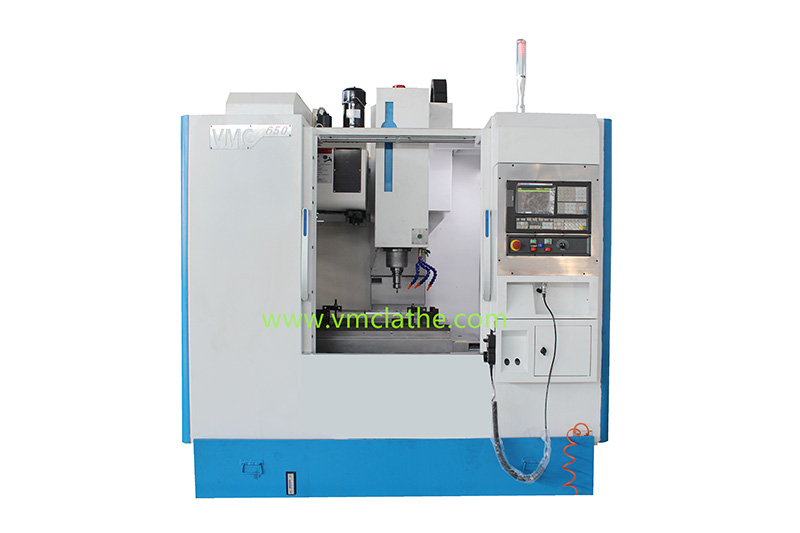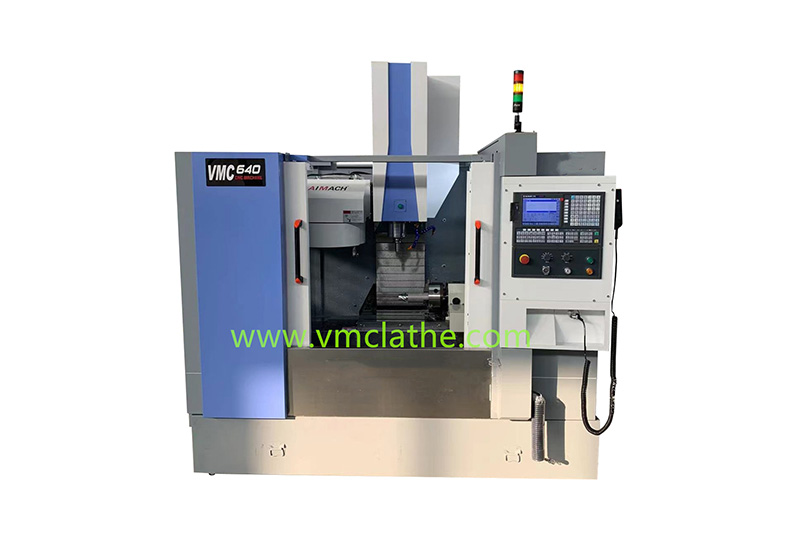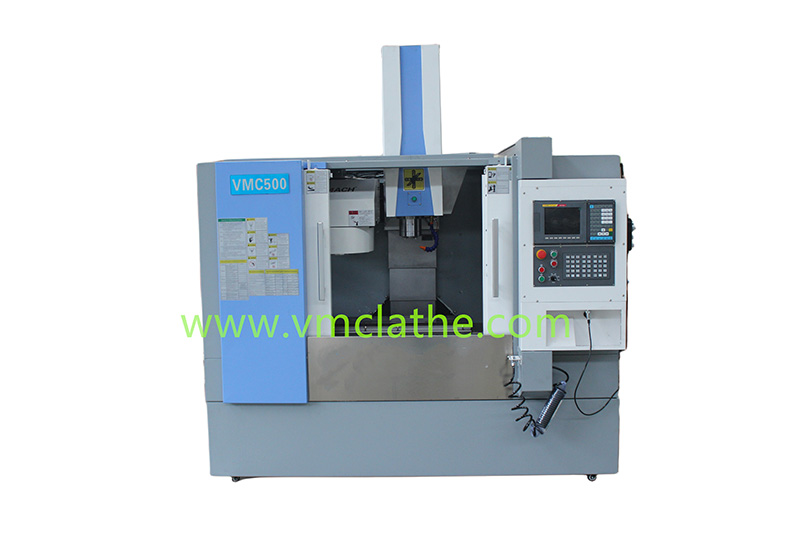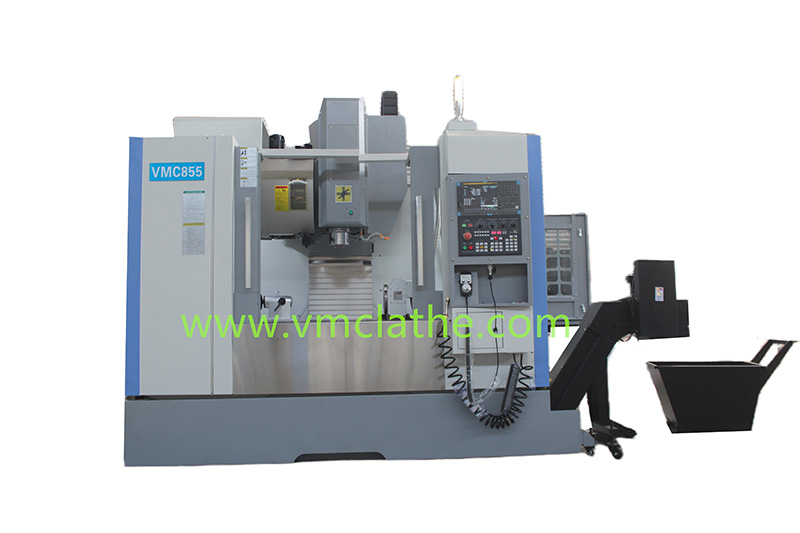To choose the right CNC milling machine processing center according to processing requirements, it is necessary to comprehensively consider factors such as part type, precision requirements, production batch, machine tool performance and budget. The following is a specific selection guide:
1. Clarify processing requirements
A. Part type
a) Simple plane/drilling parts (such as gaskets, nuts): Choose ordinary CNC milling machines, which are low cost and easy to operate.
b) Complex curved surface/multi-process parts (such as molds, aviation parts): Need a machining center that supports automatic tool change and multi-axis linkage to improve efficiency.
B. Accuracy requirements
a) General accuracy (such as construction machinery parts): Ordinary CNC milling machine accuracy (tens to hundreds of microns) can meet.
b) High-precision requirements (such as precision instruments, electronic parts): Need a machining center, and the repeat positioning accuracy can reach ±0.002mm.
C. Production batch
a) Mass production: Prioritize machining centers, which have a high degree of automation and save labor and time.
b) Small batch production: Ordinary CNC milling machines are more economical. If the parts are complex and require multiple processing steps, machining centers can also be considered.
2. Machine tool type selection
A. Vertical machining center (VMC)
a) Applicable scenarios: plate and disc parts (such as circuit boards and housings).
b) Advantages: small footprint, flexible operation, and high cost performance.
c) Limitations: The height of the column limits the processing height, and chips are not easy to discharge.
B. Horizontal machining center (HMC)
a) Applicable scenarios: box parts (such as engine housings) that require multi-faceted processing.
b) Advantages: Smooth chip removal, suitable for complex parts; the workbench can rotate to reduce the number of clamping times.
c) Limitations: Complex structure and high price.
C. Gantry machining center
a) Applicable scenarios: large or complex parts (such as aerospace components and large molds).
b) Advantages: strong rigidity, spacious workbench, support for multi-axis linkage, suitable for high-precision processing.
3. Key performance parameters
A. Spindle power and speed
a) Power: affects cutting force, high power is suitable for rough processing (such as steel).
b) Speed: High speed (such as 24,000 RPM) is suitable for fine processing (such as aluminum), with better surface quality.
B. Tool magazine capacity and tool change speed
a) Mass production: requires a large-capacity tool magazine (such as 40 tools) to reduce tool change waiting time.
b) Small batch/single piece: 20 tool magazines are enough to avoid excessive maintenance costs.
C. Machine tool rigidity and stability
a) Heavy processing: Choose a gantry or high-rigidity machine tool to reduce vibration deformation.
b) Precision parts: require a spindle and bed structure with good thermal stability.
D. Control system
a) Imported systems (such as Fanuc, Siemens): comprehensive functions, suitable for complex programming.
b) Domestic systems (such as Huazhong, Guangshu): high cost performance, strong stability, suitable for conventional processing.
E. Additional functions
a) Automatic tool setting, online detection: improve efficiency, suitable for mass production.
b) Fully enclosed protection, automatic chip removal: ensure safety, suitable for long-term high-load operation.
4. Budget and long-term costs
A. Initial investment
a) Ordinary CNC milling machine: 100,000-500,000 yuan, suitable for small and medium-sized enterprises.
b) Machining center: starting from 500,000 yuan, gantry machining center can reach millions of yuan.
B. Long-term costs
a) Maintenance costs: Machining center maintenance is complex, but long life; ordinary milling machine maintenance is simple, but the accuracy may decrease.
b) Tool wear: Efficient machine tools can reduce tool costs (such as by optimizing speed and feed).
5. Pitfall avoidance guide
A. Avoid over-configuration: such as five-axis machine tools (unless processing complex surfaces or blades).
B. Beware of low-price traps: low-priced machine tools may hide problems of insufficient precision or high failure rate.
C. Consider after-sales service: give priority to brands with local service teams to ensure quick response.
Summary of selection formula
A. Simple parts + small batch = ordinary CNC milling machine
B. Complex parts + large batch = machining center (VMC/HMC/gantry)
C. High precision/large parts = gantry machining center
Through demand analysis, type matching, parameter comparison and cost evaluation, the appropriate CNC milling machine processing center can be accurately selected to achieve a balance between efficiency and cost.

